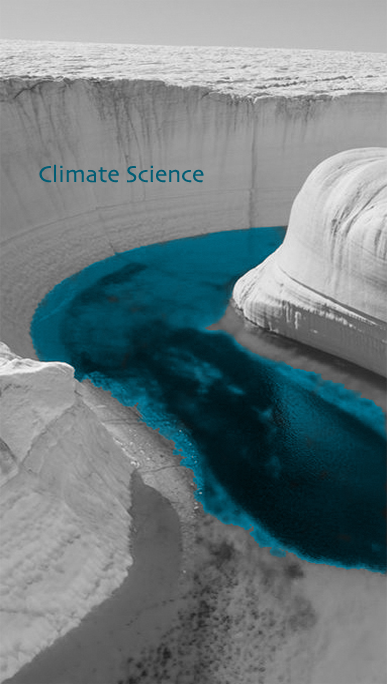Ultraviolet radiation is vital for human health as the main producer of vitamin D in the body (Engelsen, 2005). Vitamin D is recognised as a preventive agent in several autoimmune diseases such as multiple sclerosis and diabetes, as well as cardiovascular diseases. Also there is growing evidence that vitamin D has an important role in the prevention of several types of cancer, particularly colorectal and breast cancers (Schwalfenberg, 2007).
Up to 97% of Canadians have inadequate levels of vitamin D at some time during the winter or spring (Pasco, 2004).
While interest in UV has mainly concerned the possibility of UV increases from ozone depletion (which have their own adverse health impacts), a recent climate modeling study performed with the Canadian Middle Atmosphere Model (CMAM) predicts a decrease of 10% or more in the UV index at high northern latitudes by the end of this century as a result of climate change (Hegglin & Shepherd, 2009).
In a Canadian population that is already vulnerable to vitamin D deficiency, such changes represent a serious risk.
We are
providing policy makers and Canadian public with a database of required sun exposure times for vitamin D production for the next century.
developing guidelines for future sun exposure times for vitamin D production for Canada.
establishing collaborative relationship with environmental health scientists to provide policy makers with policy-relevant key findings.
More on my research
Related links
Behind climate science
Climate change and human health
Daily UV forecast for Canada
Climate change at the UNEP
UNFCCC
